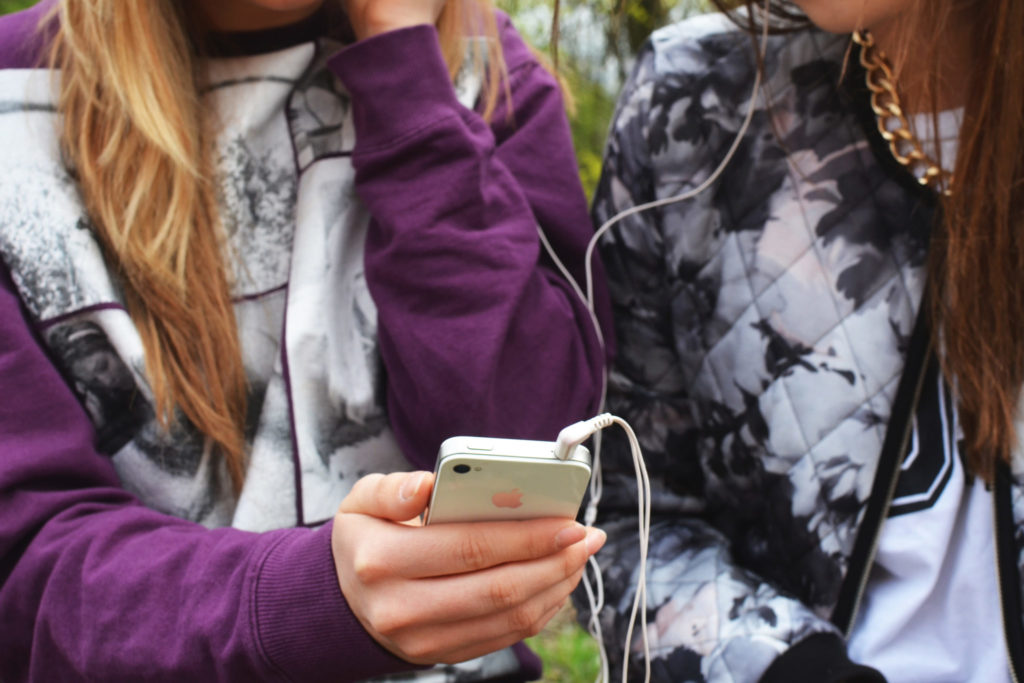
How to Create Viral Marketing for eCommerce

Three Words: Ice. Bucket. Challenge.
Possibly the most memorable viral marketing event in recent memory, the viral spread of this campaign made it an immense success. Whether it was the celebrity endorsements, the chance to show your support for a good cause, a dare from a friend, or simply being bored on a hot summer day, millions of participants drenched themselves, creating more than 2.4 million videos on Facebook alone. The result? One-hundred and fifteen million dollars in donations. What’s more, you’d be hard-pressed to find a person in the U.S. today who doesn’t know about A.L.S., the terminal illness that claims 100,000 lives per year. This is the pinnacle of viral marketing. So what’s the recipe?
Step 1: Keep It Simple
Much of the Ice Bucket Challenge’s success resulted from the ability of anyone, anywhere, to take part. Unlike guerrilla marketing stunts that require prospects to be in a specific location or attending an exclusive event, most people have access to ice, water and some kind of bucket. Other memorable campaigns include the #nomakeupselfie campaign that generated $2 million for cancer research. The campaign worked because it resonated with a global population of women frustrated with beauty standards. Like the IBC, this went viral because millions of people were potential participants. If you can’t think of an activity almost anyone can do themselves, plan to host events in a variety of population centers that maximize exposure for your cause. New York, D.C., Miami, Chicago, L.A. Find a place with tons of foot-traffic and use it to your advantage. Today, Uber gives out ice cream on hot days in more than 252 cities around the world. Almost anyone can eat ice cream right? Now with the recent launch of Uber Eats, this campaign is more important for the brand than ever before. 
Step 2: Inspire Spreadability
Without social media, none of the previously mentioned campaigns would be possible. You couldn’t stand on a curb in Manhattan and request a donation from someone after dropping a bucket of freezing water on them (you’d probably be unconscious). If you want your viral marketing to work, it needs to inspire shares. Redbull skydiver Felix Baumgartner fell 23 miles to earth from the edge of space, hitting a maximum velocity of 833mph and breaking the sound barrier with his torso. The key ingredient? Hosting the video live on YouTube, resulting in 8 million live views. Before the event, a content-fueled countdown of shareable articles, photos, and videos packed newsfeeds, building up the hype as much as possible. After the jump, the spreadability of the content kept it in the minds of consumers everywhere, marking Redbull as the most badass brand on the planet. However, it was incredibly expensive. $65 million in fact. But it worked. Redbull saw U.S. sales skyrocket 7% almost immediately, roughly equivalent to $1.6 billion in sales. I’d say that’s solid ROI. A year later, a low-budget video called “How Animals Eat Food” (below) received 88 million views at the cost of a camera and one man’s self respect. Of course, one is a video of a man accomplishing the impossible and the other features a man smashing his face into a kitchen table. Virality is not an exact science, but it’s borne out of a consumer’s desire to share what they’ve seen with their friends, family and co-workers. In addition to simplicity, spreadability is paramount.
Step 3: Leverage Influence
While influencers like social media stars and celebrities aren’t always paid during viral marketing events, their impact introduces the campaign to massive new audiences. Without them, many campaigns would simply lack that viral, global boost. An endless number of celebrities participated in the Ice Bucket Challenge, continuously expanding its reach to their fans. Imagine how many people only participated because they saw their idol taking part. In an age where we vicariously live through the lives of the rich and famous, consumers want to feel connected with them any way they can. However, influencers don’t always have to be celebrities. Some companies have seen success giving free merch to popular students on college campuses, well known community figures, or a child who wants to be batman for a day. It doesn’t matter who your influencer is, so long as they help broaden your exposure through strategic means. In a controversial stunt, marketers of the dating app Tinder took a slightly different approach… They attended college parties at large universities, standing on tables at fraternities telling guys young women were waiting for them on the app. Then they ran over to sorority parties and told them the men were waiting. Acting as the source of exclusive info and delivering it to popular students in large social circles, the stunt turned out to be a huge success. Users increased from 5,000 to 15,000 almost overnight simply by attending college parties. The rest is history. Today, Tinder’s buying population is the fastest growing of all internet dating services.
The eCommerce Connection
How you create viral marketing for your eCommerce site depends on your understanding of consumer interests. If you get it right, your campaign could bring millions of new customers to your site. It might be as simple as a clever product video like “Will It Blend” or as disturbing as the Squatty-Potty commercial (above). Perhaps asking your fans to make videos of themselves using your product is a better route. Maybe it’s worth it to give free swag to a YouTube celebrity. Just make sure it’s simple, spreadable, and you get the right people to expand your reach if need be. Otherwise, you might as well stick to coupons. As a group of seasoned eCommerce pros, the Redstage creative team constantly devises ways for clients to increase sales online. If you’re in need of a creative strategy for your site, give us a call: 1-888-335-2747
Recent Comments